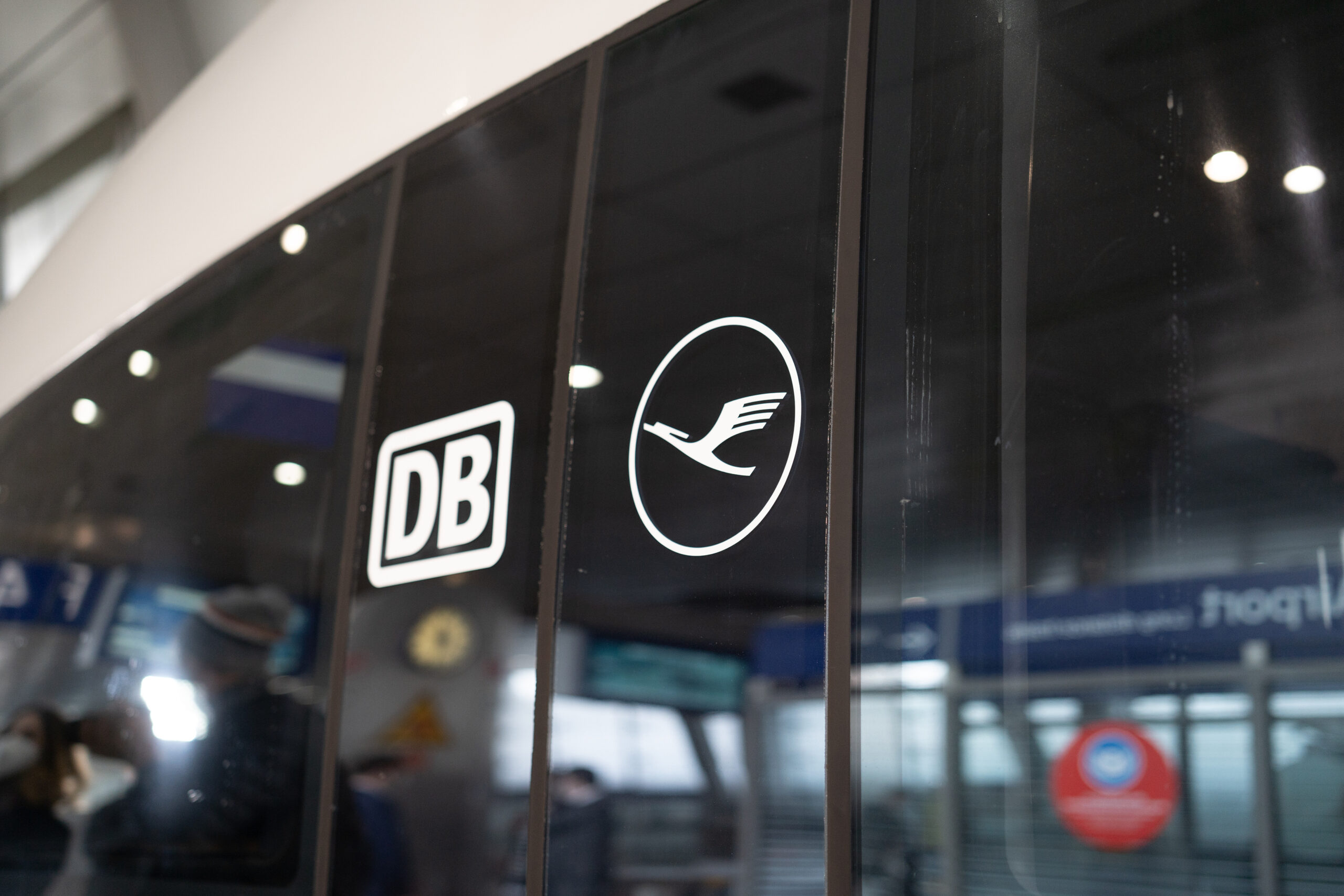In a move that further tightens the link between air and rail travel, Lufthansa has announced a significant upgrade to its Express Rail service. Starting April 1, 2025, passengers using Lufthansa Express Rail in cooperation with Deutsche Bahn (DB) will be able to use their train ticket not just for the long-distance portion of the journey, but also for local public transportation in both their origin and destination cities.
This means that buses, trams, subways (U-Bahn), and commuter trains (S-Bahn) will be included—adding seamless first-mile and last-mile connectivity for air travelers across Germany. The new benefit applies to all Express Rail tickets booked from March 20 onward for travel starting April 1.
A Strategic Move Toward Integrated Mobility
This development is powered by the “City-Ticket” function of Deutsche Bahn, which has long been a staple for DB’s BahnCard customers. By integrating it into the Lufthansa Express Rail ecosystem, the German flag carrier is aligning more closely with the long-term vision of intermodal transport—where air, rail, and urban mobility options are blended into one frictionless experience.
For passengers, the change eliminates the need to purchase separate tickets for local connections to or from the train station. For Lufthansa and its Star Alliance partners, it’s another way to streamline the feeder network into hub airports like Frankfurt and Munich while improving the environmental footprint of short-haul journeys.
Why It Matters for the Aviation Industry
Lufthansa’s Express Rail has been a cornerstone of its effort to reduce domestic feeder flights within Germany, replacing them with high-speed rail where possible. With the local transport extension, the value proposition becomes even more compelling for travelers—especially business flyers looking for efficiency and sustainability.
This is also part of a broader trend across Europe, where legacy carriers are forming stronger bonds with national rail operators. By deepening this integration, airlines can improve network resilience, diversify access points to their hubs, and align with shifting regulatory and passenger expectations around sustainability.
As the industry continues to seek smarter, greener solutions, Lufthansa’s move is a textbook case of modal synergy. It’s not just about reducing emissions; it’s about offering a travel experience where every leg of the journey—from a suburban tram to an intercontinental flight—is covered under a single booking.
One ticket. Multiple modes. Maximum efficiency.

